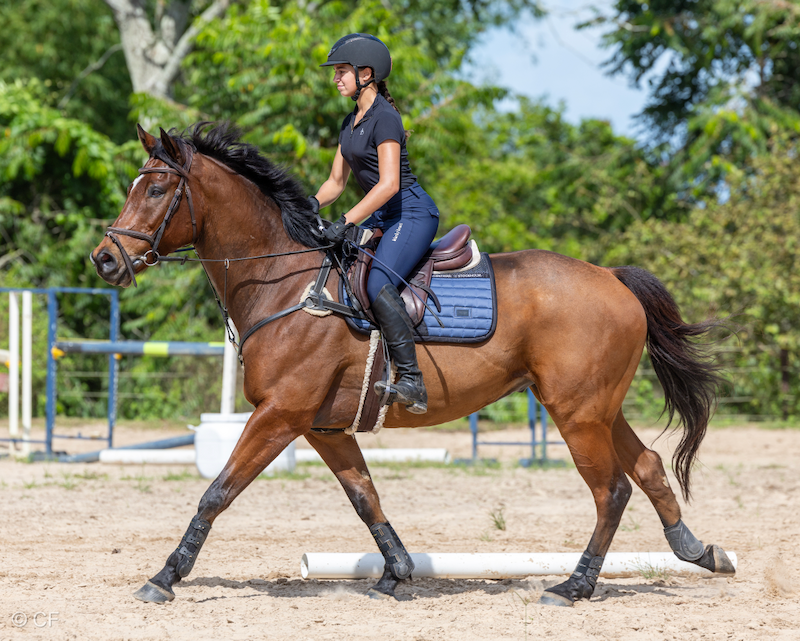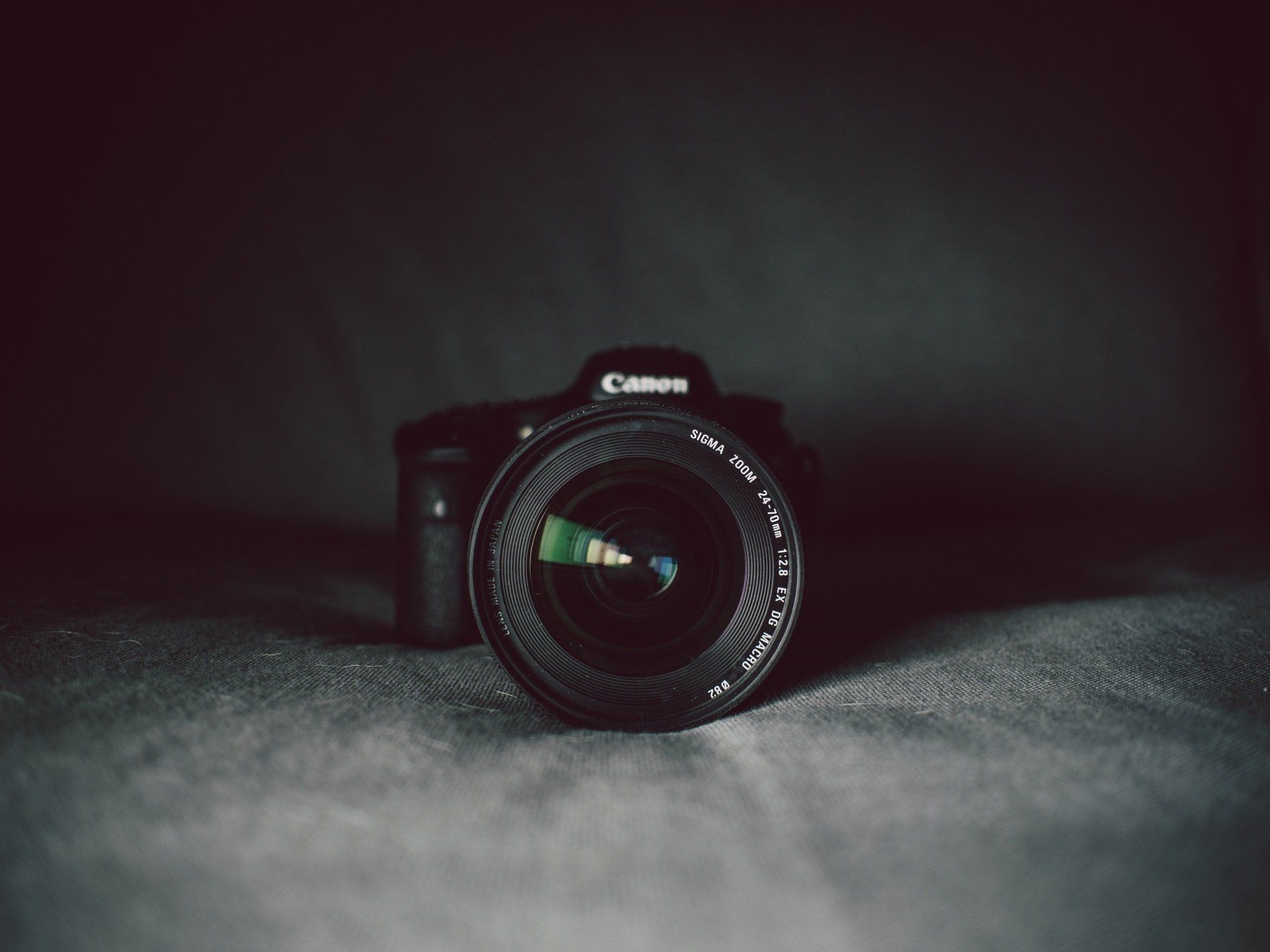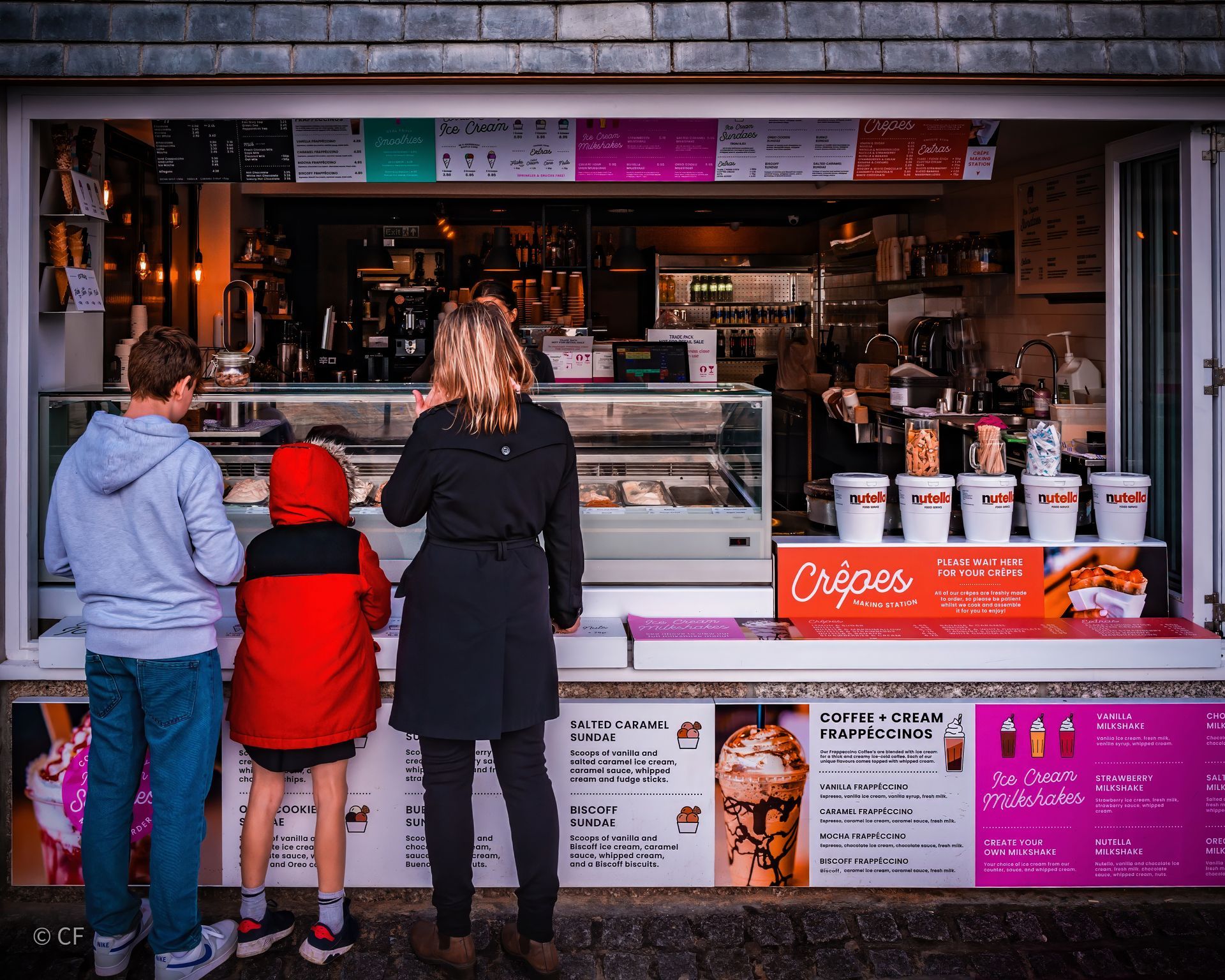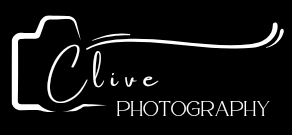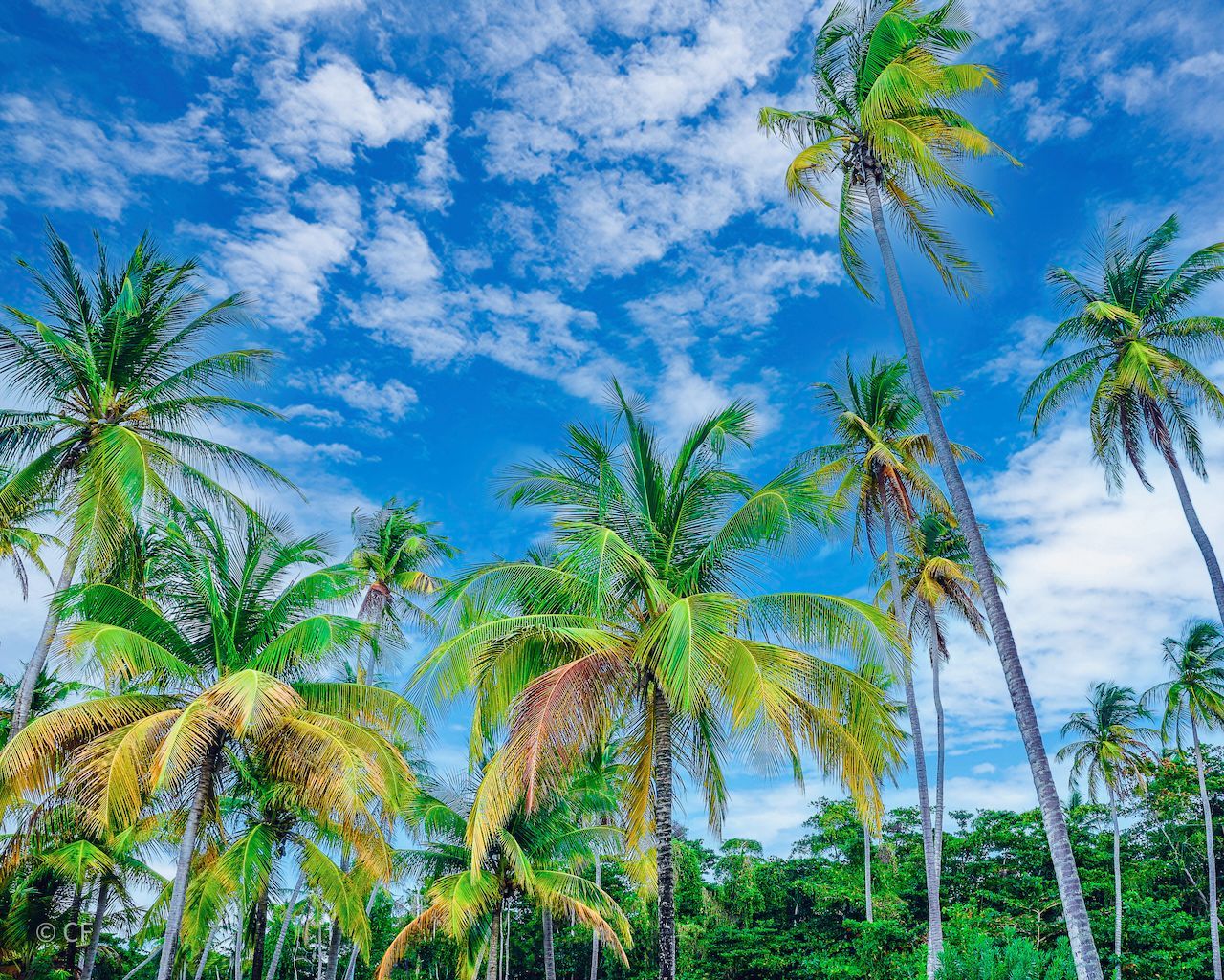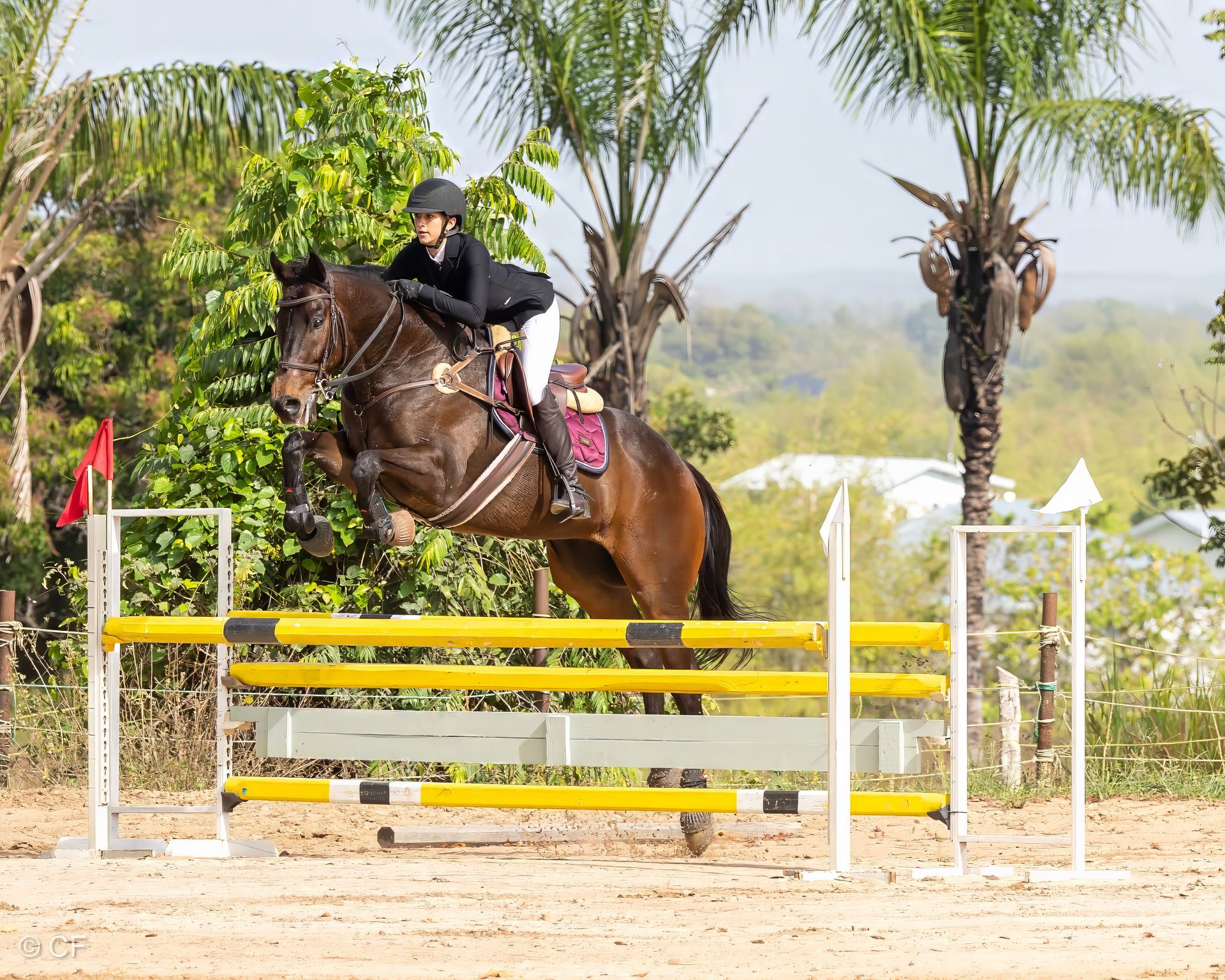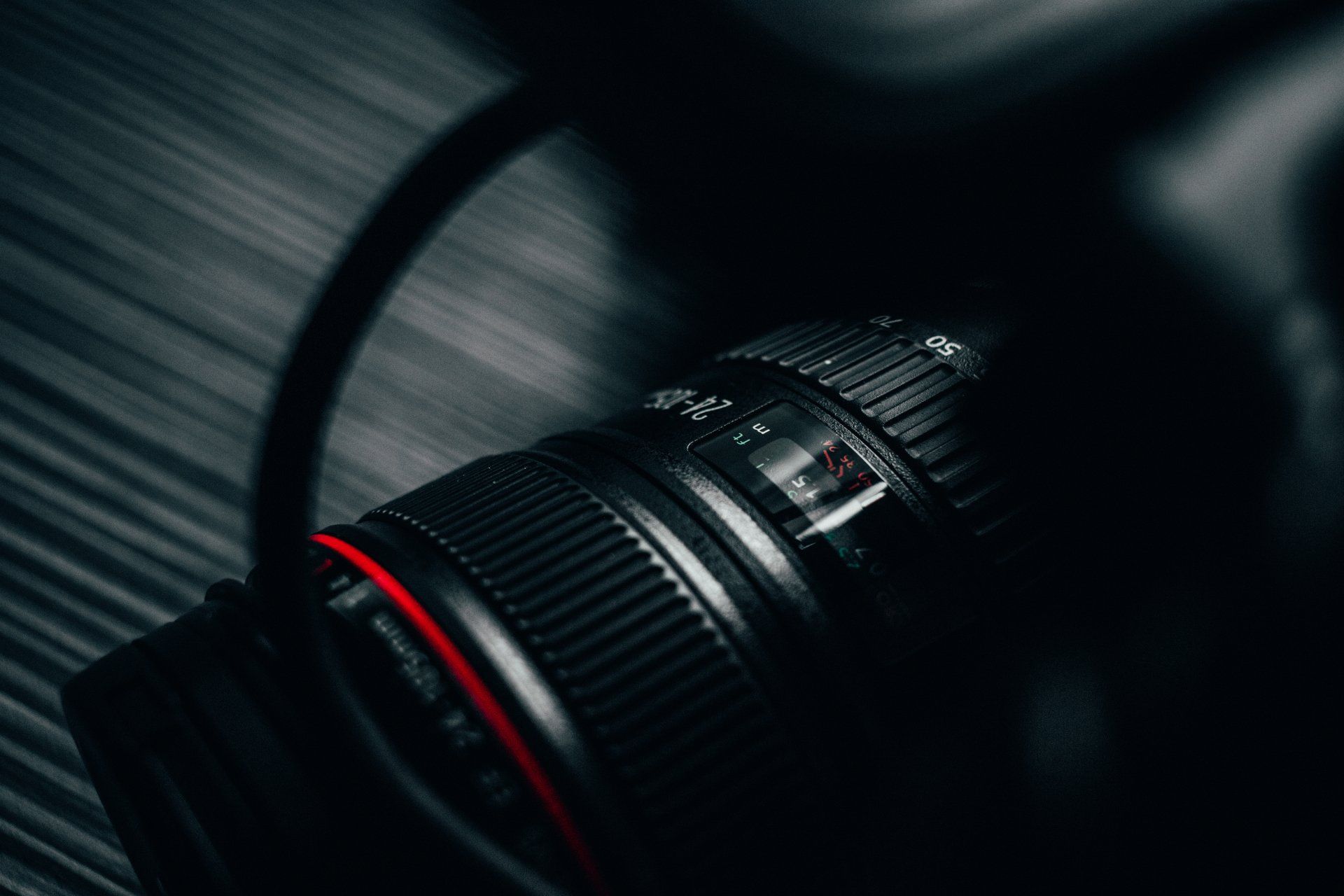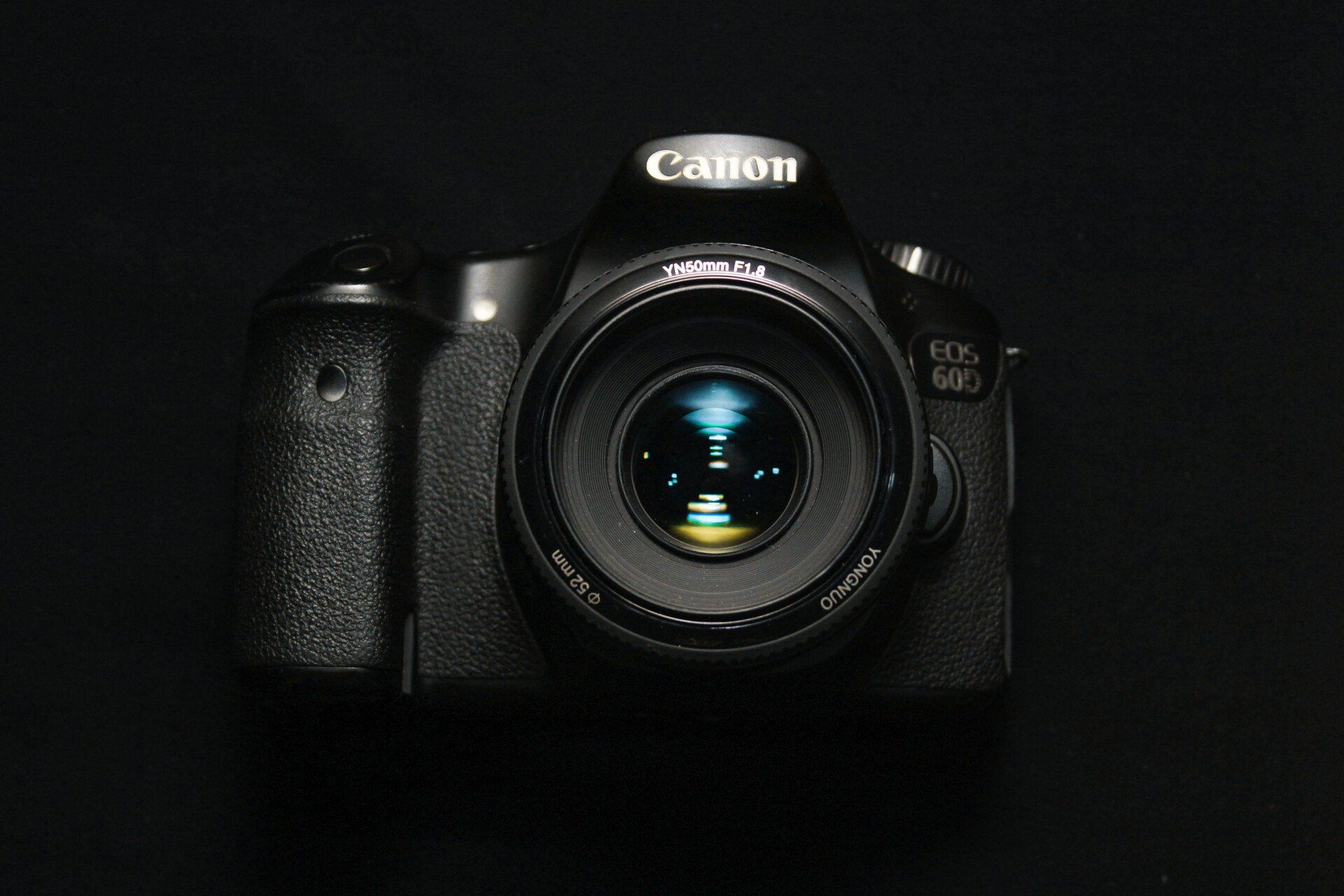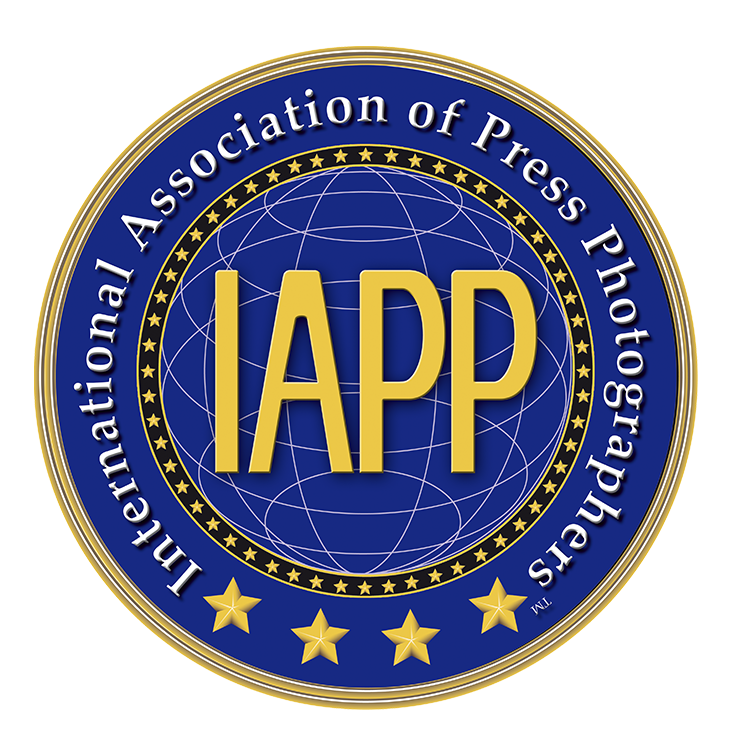What are the Best Settings for Photographing Horse Jumping?
Photographing horse jumping can be an exhilarating experience, capturing the grace, power, and agility of these magnificent animals in mid-air. However, it also presents unique challenges that require specific camera settings to achieve the best results. In this post, we will delve into the best settings for photographing horse jumping and provide you with essential horse jumping photography tips to elevate your skills.

Understanding Your Equipment
Before diving into specific settings, it’s crucial to understand your equipment. Whether you're using a DSLR or a mirrorless camera, knowing how to navigate through your camera's settings is fundamental. Ensure you have a telephoto lens with a focal length of at least 200mm to get those close-up shots without disturbing the horses or riders.
Camera Mode: Manual vs. Shutter Priority
When photographing fast-moving subjects like horse jumpers, you have two primary modes to consider: Manual (M) and Shutter Priority (S or Tv).
- Manual Mode: This mode gives you full control over all aspects of exposure—shutter speed, aperture, and ISO.
- Shutter Priority Mode: This mode allows you to set the shutter speed while the camera automatically adjusts the aperture for correct exposure.
For beginners or those who want a bit more ease during fast-paced events, Shutter Priority is often recommended.
Shutter Speed: Freezing the Action
One of the most critical aspects of horse jumping photography is freezing the action. A fast shutter speed is essential to capture sharp images without motion blur.
- Recommended Shutter Speed: Aim for a shutter speed between 1/1000s and 1/2000s. This range will effectively freeze the motion of both horse and rider during jumps.
If you're shooting in low light conditions or indoors where lighting may not be optimal, consider increasing your ISO setting to maintain a fast shutter speed.
Aperture: Depth of Field Considerations
Aperture controls how much light enters your lens and affects depth of field (DoF).
- Recommended Aperture: Use an aperture between f/2.8 and f/5.6. A wider aperture (lower f-number) will help isolate your subject from the background by creating a shallow depth of field.
However, if you're shooting multiple horses in quick succession or want more elements in focus (e.g., both horse and rider), consider narrowing down your aperture slightly.
ISO Settings: Balancing Light Sensitivity
ISO measures your camera sensor's sensitivity to light. While higher ISO settings allow for faster shutter speeds in low light conditions, they can also introduce noise into your images.
- Recommended ISO: Start with an ISO setting around 400-800 for outdoor events with good lighting. For indoor arenas or cloudy days, you might need to push it up to 1600 or higher.
Modern cameras handle high ISOs better than older models; however, always aim for the lowest possible ISO that allows you to maintain an appropriate shutter speed and aperture combination.
Autofocus Settings: Keeping Subjects Sharp
Fast-moving subjects require reliable autofocus performance. Here are some key autofocus settings:
- AF Mode: Use Continuous AF (AI Servo on Canon / AF-C on Nikon) which continuously adjusts focus as your subject moves.
- AF Points: Select dynamic area focusing where multiple focus points track moving subjects within a selected area.
If available on your camera model, use back-button focusing which separates focusing from shutter release—this helps maintain consistent focus on moving subjects like horses during jumps.
Burst Mode: Capturing Multiple Frames
Horse jumping involves split-second moments that are easy to miss with single-shot mode:
- Burst Mode: Enable high-speed continuous shooting mode (burst mode) which captures multiple frames per second by holding down the shutter button.
This increases chances of getting that perfect shot where both horse and rider are at peak action over jumps.
White Balance & Color Profiles
Correct white balance ensures accurate color representation:
- White Balance: Set white balance according to lighting conditions—daylight for outdoor events; tungsten or fluorescent presets for indoor arenas.
Consider shooting in RAW format which allows greater flexibility in post-processing adjustments including white balance corrections without loss of quality.
Composition Tips & Techniques
Beyond technical settings lies artistic composition:
Rule of Thirds
Position key elements like horses’ heads along imaginary gridlines dividing frame into thirds horizontally/vertically—this creates balanced compositions naturally pleasing viewers’ eyes!
Leading Lines
Use fences/jump poles as leading lines guiding viewers’ gaze towards main subject enhancing visual interest within frame!
Background Awareness
Pay attention backgrounds ensuring they don’t distract from main subject! Blurred backgrounds achieved via wide apertures help isolate subjects effectively!
By mastering these techniques alongside optimal camera settings discussed above—you’ll be well-equipped capturing stunning images showcasing beauty/excitement inherent within sport itself! Happy shooting!
Follow us on Facebook & Instagram
